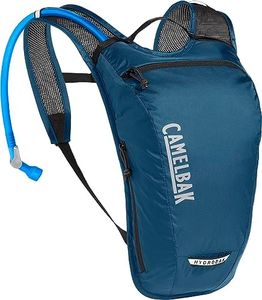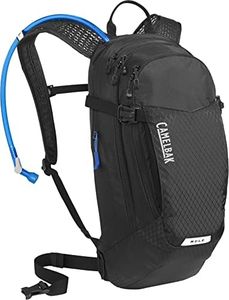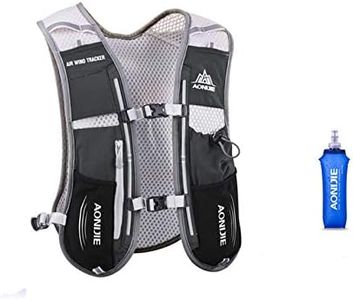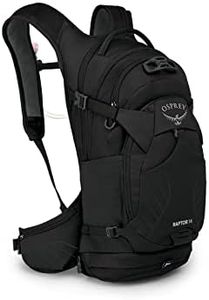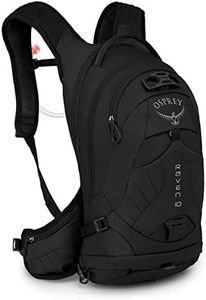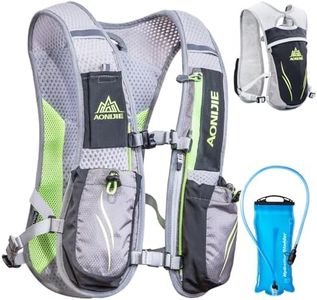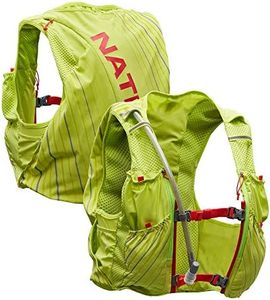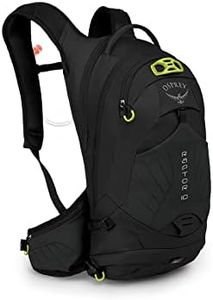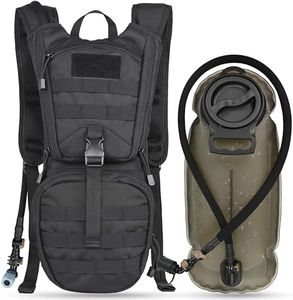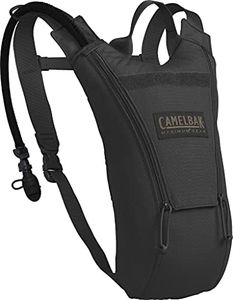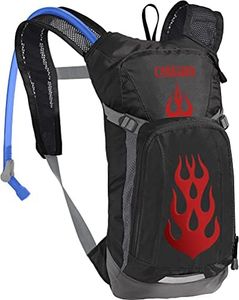We Use CookiesWe use cookies to enhance the security, performance,
functionality and for analytical and promotional activities. By continuing to browse this site you
are agreeing to our privacy policy
10 Best Hydration Backpacks
From leading brands and best sellers available on the web.Buying Guide for the Best Hydration Backpacks
Choosing a hydration backpack comes down to thinking about how, where, and for how long you'll be using it. Whether you're hiking, cycling, running, or just heading out for a walk, a good hydration backpack helps you carry water comfortably and easily, along with a few essentials. The trick is to strike the right balance between capacity, comfort, and convenience, so it suits your activity and makes hydrating on the go effortless.Reservoir CapacityReservoir capacity refers to how much water the integrated bladder can hold, usually measured in liters. This is important because it determines how long you can go without refilling. Smaller capacities (1-1.5L) are light and great for short outings or runs, medium sizes (2-2.5L) suit moderate hikes or rides, and larger ones (3L+) work best for long treks or situations where water sources are rare. To choose, think about how long you'll be out and how much you tend to drink—short trips or frequent refills allow for a smaller reservoir, but for longer adventures or hot weather, a larger size is best.
Storage SpaceStorage space in a hydration backpack means the extra room available for things like snacks, keys, phone, jacket, or first aid. Packs range from minimalist designs with almost no extra storage to models that handle gear for a whole day. For running or biking, you might prefer a streamlined pack with just enough space for the essentials. For hiking, more storage can help you carry extra layers, food, and gear. Think about what you need to bring—if you only want the hydration and a snack, smaller packs work, but more gear means you’ll want larger storage areas.
Fit and AdjustabilityFit and adjustability are about how well the backpack sits on your back and shoulders. The fit influences comfort and stability while moving. Most packs have adjustable straps for your chest, shoulders, and sometimes waist. A good fit means the pack doesn’t bounce as you move and doesn’t rub or cause discomfort. Trying the pack on, if possible, and adjusting all the straps ensures it hugs your body just right. If you have a small or large frame, look for packs that offer multiple sizes or specifically designed fits for gender or body type.
WeightThe weight of a hydration backpack, when empty, matters because heavier packs can tire you out faster, especially on long trips. Lighter packs use thinner materials and fewer features while heavier ones are more robust and often have extra support or padding. If your activity is short and fast-paced, like running or biking, a lighter pack is best. For longer hikes where carrying comfort is key and you’ll need more gear, a bit of extra weight for added structure or padding can be worthwhile.
Ease of CleaningEase of cleaning refers to how simple it is to take out the reservoir, open it up, clean the inside, and dry it. This is important for keeping your water tasting fresh and the pack hygienic. Larger openings or reservoirs that turn inside out are easier to clean, while narrow-mouth bladders can be tricky. If you plan to use the pack often or for sugary drinks, choose one with an easy-to-clean reservoir to prevent mold or bad tastes over time.
Hose and Bite Valve DesignThe hose and bite valve are the parts that let you drink hands-free. The hose’s length, ease of attachment to the shoulder strap, and bite valve type all matter. Some valves offer a faster flow or are easier to open and close. Magnetic clips keep the hose handy instead of bouncing around. If you want efficiency and convenience while moving, look for easy-to-use valves and secure hose routing options.

